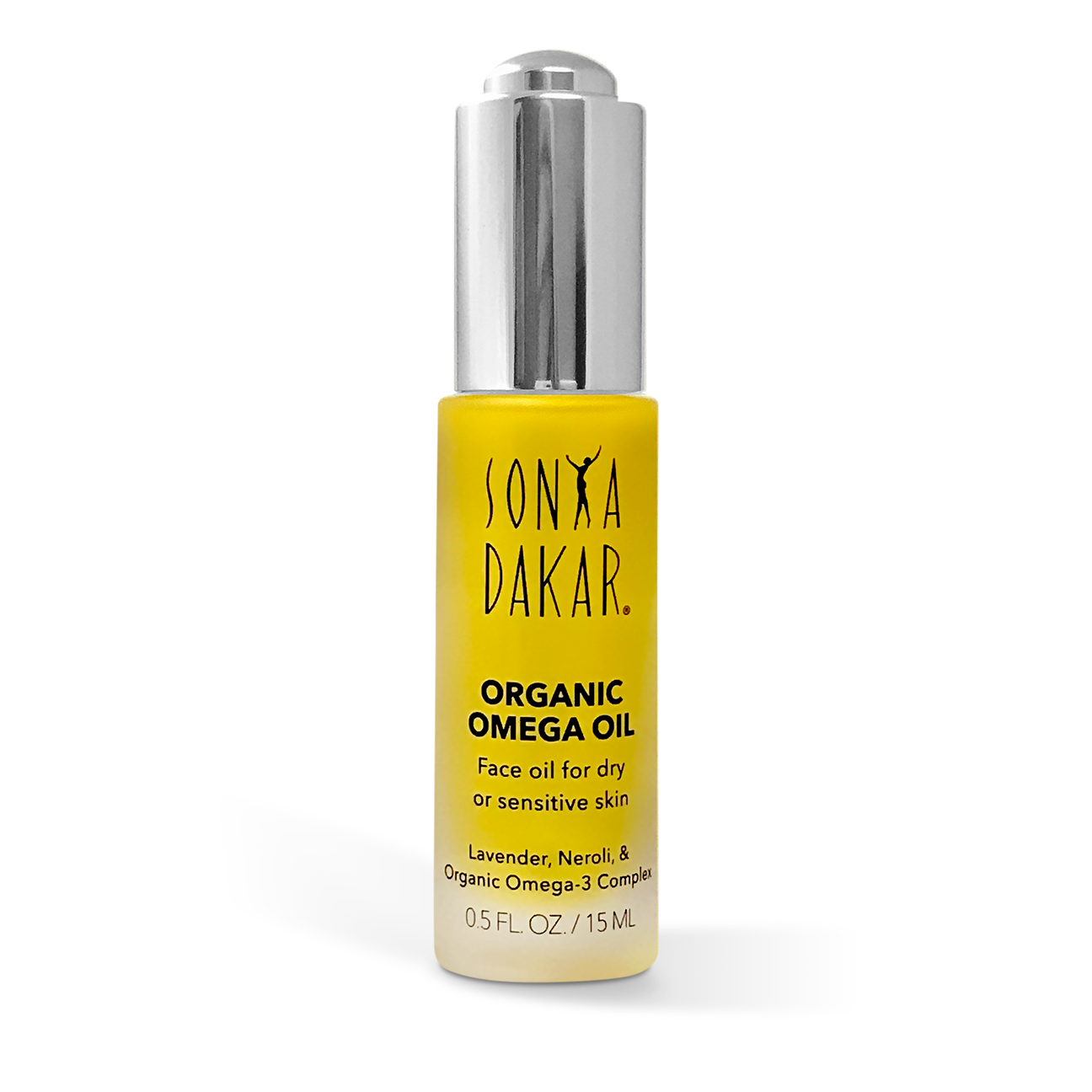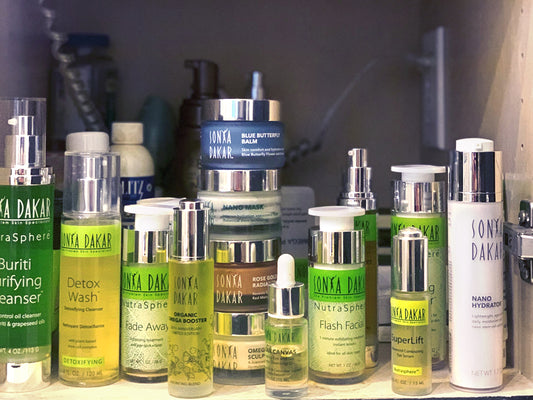
Dropping Dairy? Try these new dairy-free beverages
If you’ve been seeing, and using, more cow milk alternatives lately, you’re not alone. Americans are drinking a lot less milk than they used to. In fact the market for dairy alternative beverages will reach a projected $28 billion by 2021, according to recent industry report. Sonya Dakar has long advised her clients to wean themselves from the original white milk due to the numerous negative health correlations.
When factoring for those health concerns, which include lactose intolerance, and a growing number of consumers motivated by animal welfare concerns, it’s easy to see why milk consumption is down by nearly 50% in the past 30 years.
"Vegetarians and vegans together account for less than 15% but a growing number of consumers identify themselves as flexitarian or lessitarian, meaning that they've cut back on their consumption of animal-based foods and beverages. It is this group that is most responsible for the significant shift from dairy milk to plant-based milk," cites the report.
A growing number of consumers identifying themselves as "flexitarian" or "lessitarian" have been eliminating cow milk
Looking ahead to 2018, these new non-dairy milks are expected to find a larger consumer base:
Barley Milk: Pioneering a new plant-based milk alternative category is Canvas, a startup that has developed a way to convert unused barley grain leftover from the beer brewing process into a sustainable plant-based beverage—a winning idea for consumers concerned about the issues of food waste and sustainability. The line offers five flavors including original, cold brew latte, cocoa, turmeric chai, and matcha. All varieties are free from refined sugar, dairy, and artificial ingredients.
Flax Milk: The key selling point for flax milk is its high Omega-3s content with a reported 1,200 mg per serving of this essential nutrient. An additional benefit is that its flax products are free of all major allergens. Hitting the market in 2018 are sweetened and unsweetened, flavored, and protein enhanced flax milks, and flax milk-based drinkable yogurts and eggnogs.
Hemp Milk: While only 1% of the consumers has ever tried a food or beverage with the ingredient, this segment has the potential for rapid growth as consumers look for alternatives to the established plant-based beverage segments. Hemp is an excellent source of Omega-3 fatty acids as well as being a good source of plant-based protein, with all ten essential amino acids.
Pea Milk: While the idea of pea milk may sound quite unappetizing to some, it does have certain advantages over other dairy alternatives that may make it a hit. For starters, 8 grams of protein, the same as cows' milk, compared to about 1 gram of protein in coconut or almond milk. Another is half the sugar of cows' milk—something more and more of us are sensitive to as we watch our waistlines—along with 50% more calcium, and vitamin D and iron.
Quinoa Milk: The very same superfood that we’ve all become very comfortable with will be available in beverage form reported to be high in protein, fiber, vitamins, and all nine of the essential amino acids. It also contains important minerals such as magnesium, iron, copper, manganese, zinc, and phosphorus and has a low glycemic index.




